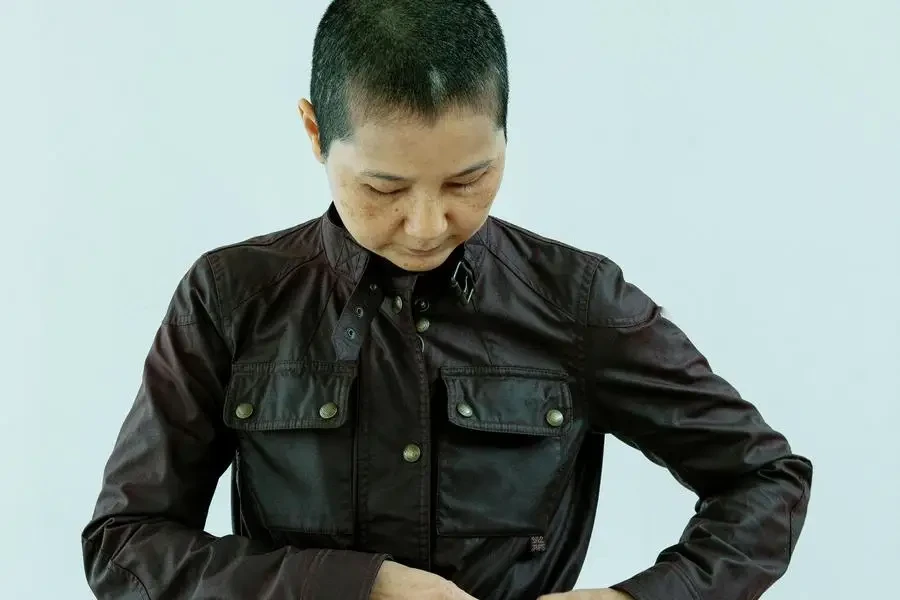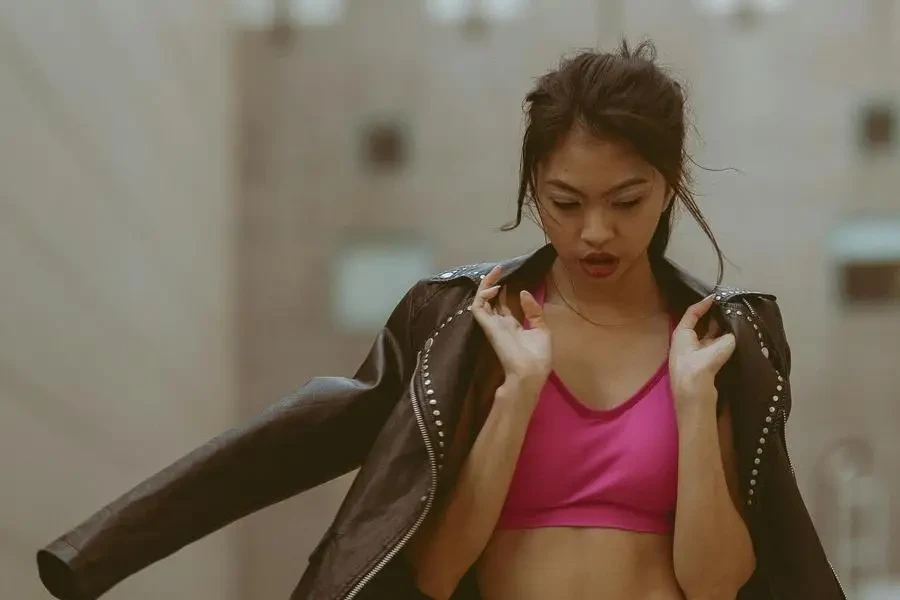For women everywhere, when the temperatures take a severe plunge, along with their rankings for ‘best pants in the whole world’, come the down jackets. They love these jackets for their cosiness, their featherweight, and their fashion-forward looks. But purchasing the best down jacket goes beyond a quick decision at a department store. The groundwork for the perfect choice lies in understanding insulation, design, and care. Let this guide walk you through the must-haves.
Table of Contents:
1. Understanding insulation: Down vs. synthetic
2. Key design features to look for
3. Finding the right fit and style
4. Caring for your down jacket
5. Budget considerations and value for money
Understanding insulation: Down vs. synthetic

The first decision is whether the jacket is filled with down or synthetic insulation. The former comes from the soft feathers of ducks or geese – recognised as among the warmest, lightest natural materials. This means that a down jacket can minimise bulk, keeping you warm at arctic temperatures. But its warmth diminishes when the insulation gets wet.
Synthetic insulation, on the other hand, achieves the appearance of down while providing better wet-weather performance. Made of polyester fibres, synthetic insulation tends to be more durable than down and retains heat effectiveness even when wet. Second, and related, synthetic jackets are generally more affordable than down jackets, and easier to care for (the common ‘hand wash’ tag on cold-weather synthetic garments indicates that they can be washed in a machine, while down jackets cannot). On the down side, synthetic jackets cannot match the warmth-to-weight ratio of down in extremely cold conditions.
As for down versus synthetic, think about what your typical weather and activities will be. If you find yourself in cold, dry climates most often, go with the down. But if wet and variable is your usual weather, then synthetic offers a reliable alternative.
Key design features to look for

The design of the down jacket can have a major impact on its functionality and how comfortable it is to wear. The fill power of the down insulation can strongly affect the jacket’s ability to retain body heat. The higher the fill power, the better the insulation provided, and the warmer you’ll be when wearing the same weight of down. Fill powers range from 450 to 900; the higher the number, the warmer the jacket and the more loft you’ll experience.
An additional crucial design feature is baffle construction – the compartments that hold the down within. Sewn-through baffles are typically used in lightweight jackets, and while they are quickest and least expensive to construct, they can create cold spots where a jacket’s seams were sewn. Box baffles are more costly to construct, but eliminate cold spots through their continuous layer of insulation.
Furthermore, think about the outer shell material of your jacket, which can benefit from a durable water repellent (DWR) finish to improve water resistance and guarantee that a few raindrops or a sprinkle of snow won’t drench you. A few jackets are made of windproof fabric, which is essential to keep you warm in windy conditions.
Finding the right fit and style

The fit of a down jacket is an important feature because a well-fitting jacket both feels good and works well. If you buy a jacket that’s too snug, you’ll be uncomfortable even when doing something as simple as walking to the bus stop, and it also could end up restricting the mobility you need to keep warm by moving around. It’s a good idea to try on your down jacket with all the layers that you would typically wear during the winter to make sure that the jacket feels comfortable to wear with the clothes you’d normally have on, too. In my experience, women’s clothing is cut larger than men’s, so you shouldn’t expect to swap a man’s down jacket for a woman’s down jacket and expect it to fit well – it won’t. If your jacket has an adjustable hem, cuffs and hood (many down jackets do), you can cinch these features to improve fit, sealing out the elements.
In terms of cut, down jackets vary in length, from shorter, hip-length styles to longer, thigh or knee-length coats. Providing good coverage with extra warmth and a smarter look, the latter is best for use in extremely cold conditions or more formal settings.
Colour and other details also matter. The more commonly used neutrals of black or navy are never wrong, but lively colours and patterns make for a fun and personal style update to your winter wardrobe. Lots of pockets, some zippered and others internal, as well as removable hoods, can make your jacket more useful and comfortable for every-day wear.
Caring for your down jacket

Proper care will help your down jacket perform well and last longer. Follow the manufacturer’s care instructions, as they can vary. But as a general rule, machine wash a down jacket on a gentle cycle using a mild detergent. Avoid fabric softeners, which can coat the down and reduce its loft.
A down jacket takes forever to dry. Tumble dry on low heat with clean tennis balls or dryer balls to help break down the clumps of down and re-fluff the jacket.
Good advice here is to ensure regular maintenance – for example, spot-clean the jacket whenever necessary, and store it in a breathable bag, not a zipped compressed space. Similarly, inspect the jacket for tears and loose stitching every so often, and remedy as soon as possible to stop damage becoming worse, and the jacket having to be discarded prematurely.
Budget considerations and value for money

Yes, a down jacket can be a big purchase, so being smart about what determines price can help you get the most value for the money. Fill power and the quality of a jacket’s down all contribute to a higher cost, but also provide more warmth and longevity. Budget-minded shoppers can find jackets with lower fill powers or synthetic insulation that still provide ample warmth for a lot less money.
If you can wait, take advantage of sales and end-of-season discounts. Some brands also offer lifetime warranties or repair services, which can add longevity to your jacket at little extra cost. Finding a jacket that gives the best value balance of cost and performance will depend on what you need the jacket for and how often you usually use it.
Conclusion
Selecting a down jacket for women involves familiarising yourself with insulation types, key design components, fit and style options, care practices, and budgetary concerns. With all these aspects in mind, you can select a jacket that you can layer up with and go about your daily activities in cold weather, protecting yourself from the chill and enjoying the best of comfort and style. Choose carefully and have happy winters with a well-selected down jacket.




